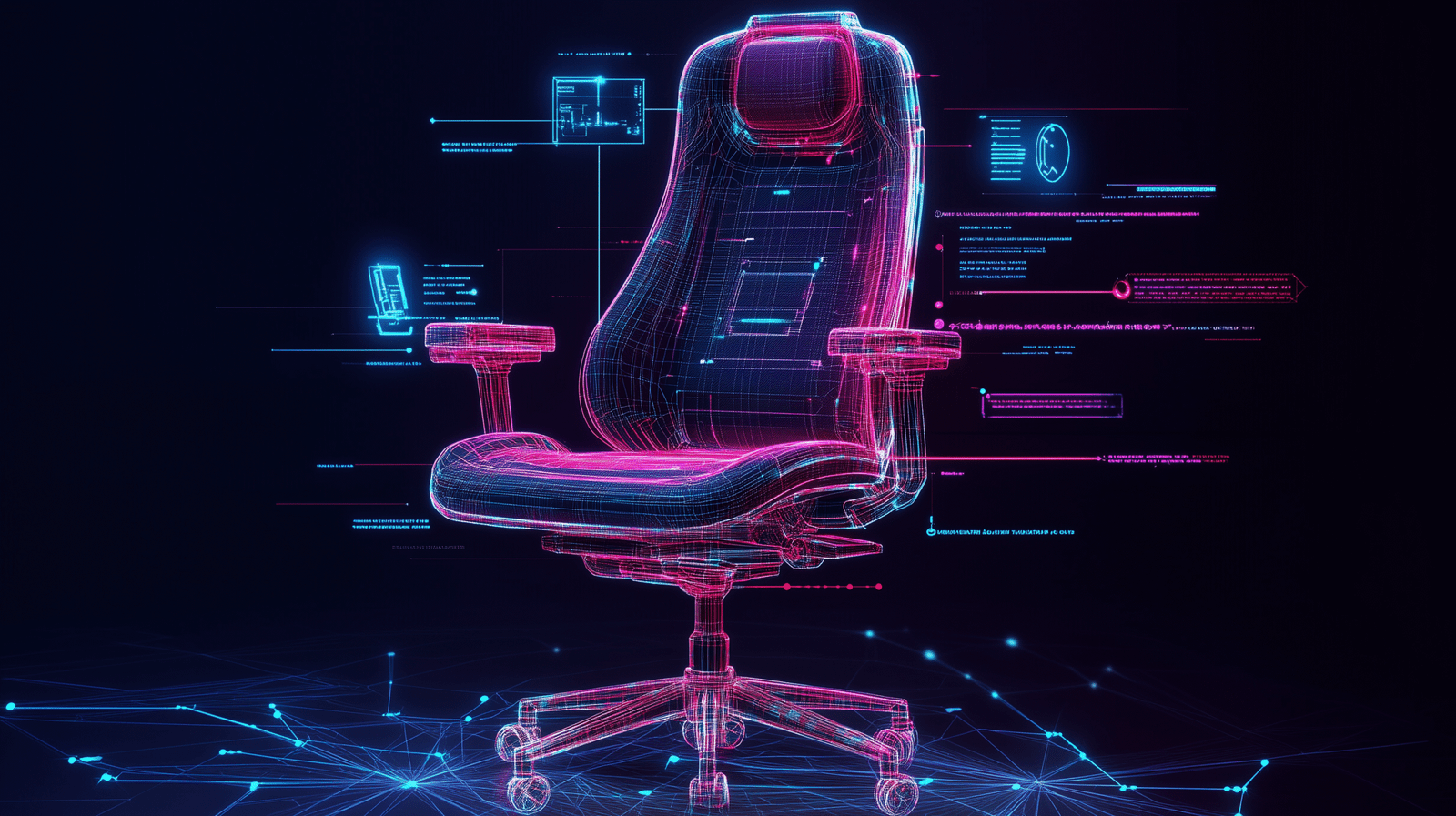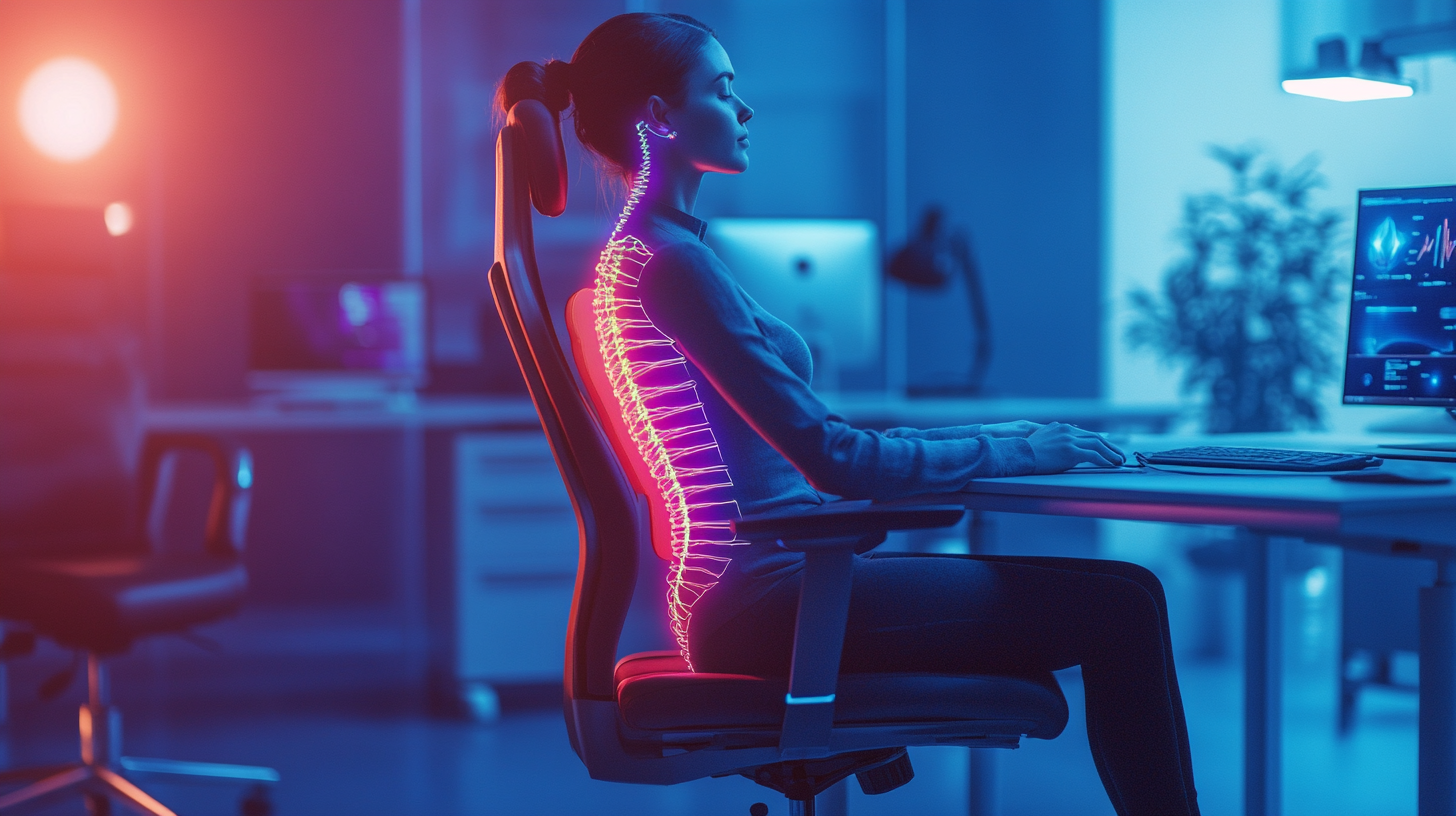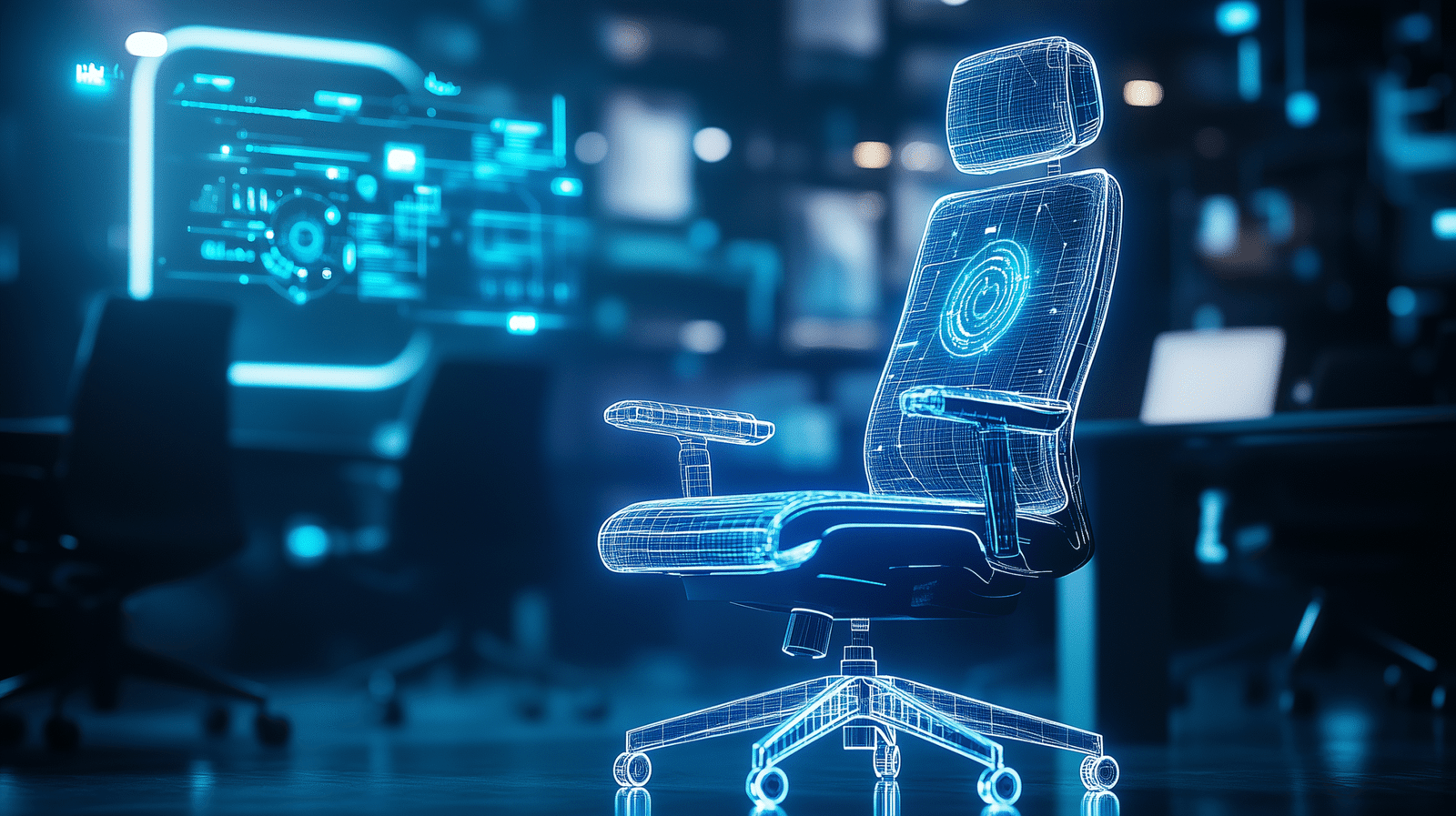
AI smart office chairs not only transform our posture but also our interaction with the work environment. Thanks to their connectivity capabilities, these chairs communicate with various devices and digital platforms to deliver a smoother, more personalized, and efficient work experience.
They can connect via Bluetooth, Wi-Fi, or IoT technology to computers, smartphones, virtual assistants, and task management systems. This allows them, for example, to automatically activate work or rest modes, regulate seat temperature based on external climate conditions, or even integrate with smart calendars to adjust ergonomics according to the planned workload.
Moreover, synchronization with lighting systems, ambient sound, and ventilation makes it possible for the chair to become the central hub of a multisensory work environment, designed not only for productivity but also for the user's emotional comfort.
In this way, furniture ceases to be an isolated element and becomes an active part of the professional digital ecosystem, reinforcing the idea of smart offices where every component contributes to creating a high-performance, healthy, and personalized environment.
The rise of remote work and hybrid models has completely redefined the role of the home. It is no longer just a place for rest, but also a productive environment that must offer the same ergonomic and technological conditions as a professional office. In this new scenario, the AI smart office chair stands out as an essential tool for those seeking wellness, functionality, and adaptability from the comfort of their home.
These chairs are specifically designed to integrate into domestic spaces without sacrificing technology or style. Many models combine a compact design with a robust structure, making them suitable for small spaces like bedrooms, shared desks, or adapted corners. Unlike traditional bulky corporate chairs, today’s smart versions can fold, be easily moved, or adapt to different surfaces thanks to multidirectional wheels and stable bases.
In terms of technology, these chairs offer superior autonomy, ideal for ever-changing environments. With wireless connectivity and low-consumption batteries, they can remain active and synchronized throughout the workday without the need for cables, promoting better space organization. Additionally, being cloud-connected allows for automatic software updates, which means the chair remains useful over time, incorporating new features as technology evolves.
Another key aspect is schedule personalization. The chair can detect when your workday begins and automatically prepare the ideal posture, activate suitable lighting for focus, and even schedule active breaks at specific times. All of this occurs without user intervention, supporting a healthy and efficient routine.
For those who share the home with other workers or students, these chairs offer multi-user profiles. This means that each person can enjoy their own posture settings, height adjustments, sensor sensitivity, and connectivity preferences without manually changing configurations each time.
In contexts of frequent video calls, an essential part of remote work, these chairs offer additional advantages. Some models detect if the user is out of frame and subtly adjust the tilt to optimize camera alignment. Special modes for long meetings can also be activated, prioritizing neck and lumbar comfort to reduce fatigue during extended virtual conversations.
Even after the workday ends, these chairs continue to provide value. Once the system recognizes that work has concluded, it can shift to a more relaxed position for reading, resting, or performing guided stretching exercises through its app. This way, the chair supports not only professional performance but also moments of recovery and wellbeing.
Incorporating an AI smart office chair into the home is, therefore, a strategic decision. It allows the home to become an ergonomic extension of the office, without compromising health or the aesthetic quality of the space. And in an era where the boundaries between personal and professional life are increasingly blurred, having a seat that understands and adapts to both worlds is an advantage that should not be underestimated.




